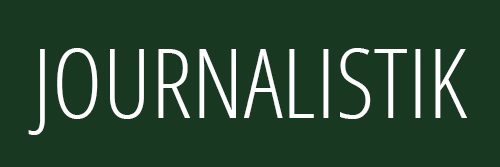Cooperation despite competition Working processes and potentials for conflict in an investigative research network
By Jessica Kunert, Luka Simon and Volker Lilienthal | The journalistic cooperation in the investigative research network of the German public broadcasters NDR and WDR and the national daily Süddeutsche Zeitung has not yet been scientifically examined with regard to internal working processes (workflows and standards) and possible problems and conflicts (journalistic research, objectives and financing). In this article, we analyze the form of cooperation of the research network on the basis of its structures and degree of organization. We interviewed nine journalists in the network, using qualitative, guided interviews. The results of the internal working processes show that research teams within the network come together to work on specific topics and benefit from each other’s qualifications and approaches. In-depth discussions and firm agreements are essential. Problems and conflicts arise mainly from the different levels of human and financial resources required by the newsrooms, as well as from the high organizational effort involved. It is clear that the journalists value the network above all for the variety of topics and the high quality and quantity of the research results. As a form of cooperation, the investigative research network we examined is a success that is supported by a large number of implicit rules. In addition to the internal structures, the accusation of distortion of competition – raised due to the cooperation between two public and one private media – needs to be discussed.

